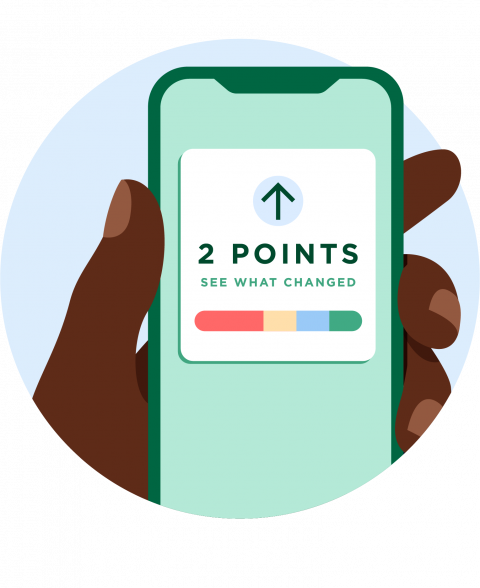5 Tips for Lowering Your Credit Utilization

Many or all of the products featured here are from our partners who compensate us. This influences which products we write about and where and how the product appears on a page. However, this does not influence our evaluations. Our opinions are our own. Here is a list of our partners and here's how we make money.
Your credit utilization is simply the portion of your available credit you use, expressed as a percentage. It is the total of balances on all your credit cards divided by the total of all your credit limits. (It's also figured on a per-card basis.) This number is a big factor in your credit score — the less available credit you use, the better it is for your score.
Paying your balances on time and in full every month is the best way to keep your score intact or build it. On the other hand, using a larger portion of your credit limit could do damage.
But if a financial crisis means you have to lean on credit cards, take heart: Credit scores can rebound quickly once you're able to lower your utilization.
The following tactics can help you keep your utilization low.

Track how much you’re charging to each card
The simplest way to avoid losing credit score points for using too much of your limits is to watch how much you charge to each card. Make a habit of patrolling your online accounts to keep tabs on spending. If you are close to using 30% of your credit limit on one card, try to make a payment or switch to using another card.
Simply getting into the habit of paying twice per month instead of once could help you decrease your credit usage. Lower balances can save you interest if you carry a balance — and are good for your credit score regardless.
You can also monitor your per-card and overall credit utilization by viewing your credit score profile from NerdWallet.
Ask for higher credit limits
If it’s tough for you to avoid utilizing more than 30% of your available credit, another solution might be to request a credit line increase on your card or cards. Getting a credit limit increase might require you to call your card issuer or make the request online. Sometimes increases are offered automatically if you’ve had your card for a while and have a positive payment history, so be on the lookout for those offers when you log in to your account.
Another option to get a higher overall credit limit is to ask a friend or relative to add you as an authorized user on an established account. The primary user doesn't even have to give you a card or tell you the account number for your credit score to benefit. Do choose carefully: Being on the account of someone who is having problems with credit could affect your score, too. You want to be on an account showing good payment history, preferably with a high credit limit and consistently low credit utilization.
A higher overall credit limit could help you keep your credit utilization lower than it would be otherwise. This could make a big difference in your credit score. You can check your own credit to see the effect (and it won't hurt your score).
Set up balance alerts
If you find yourself consistently overspending, setting up balance alerts can help keep your spending in check.
Sign up with your credit card issuer to receive alerts via text message or email. You can choose to be alerted when the balance reaches a certain amount or percentage of your credit limit. Your goal is to keep the balance below 30%.
Find out when your issuer reports to the credit bureaus
Most credit card issuers report your balance and payment activity to the credit bureaus once every 30 days. However, this doesn’t necessarily coincide nicely with when your bill is due. If your issuer reports a few days before the end of your billing cycle, you’ll consistently look like you’re carrying a high balance — even if you pay it off in full just a few days later.
Place a call to your card issuer’s customer service line to find out when it reports to the credit bureaus. Simply pay off as much of your balance as you can in advance of that date every month, and you might see a jump in your score.
Calculate your credit utilization
If you have multiple credit cards, it might be hard to view the bigger picture of your credit utilization. Using the calculator below, input your credit card balances and limits to check whether you're under the recommended 30% utilization threshold.


